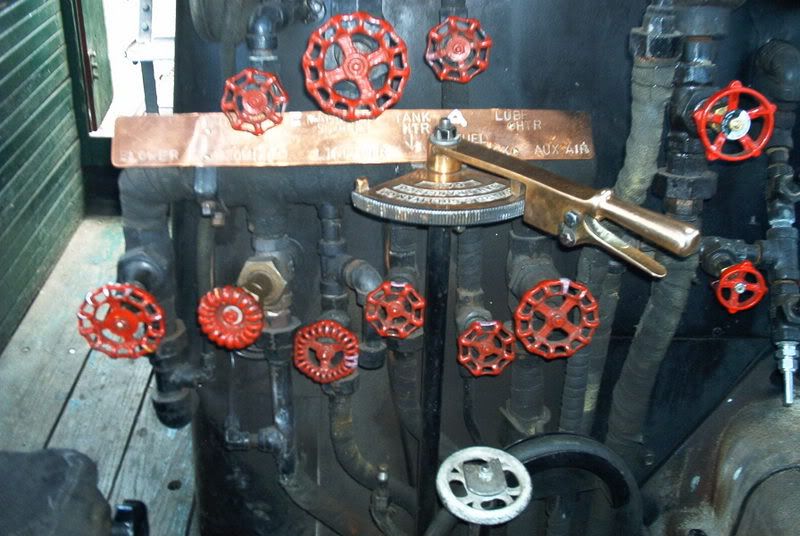| It is currently Sun May 11, 2025 11:37 am |
|
All times are UTC - 5 hours [ DST ] |
Oil Burner Control for Steam Locomotives - Re: YRE & 614
Moderators: Rick Rowlands, tomgears, Randy Hees
 
|
Page 1 of 3 |
[ 45 posts ] | Go to page 1, 2, 3 Next |
|
| Mike Tillger |
|
||
|
Joined: Sun Aug 22, 2004 11:06 am Posts: 543 Location: NE PA |
|
||
| ray dewley |
|
||
|
Joined: Sat Nov 20, 2004 3:18 pm Posts: 150 |
|
||
| mxdata |
|
||
|
Joined: Thu Jun 16, 2005 11:54 am Posts: 609 |
|
||
| ray dewley |
|
||
|
Joined: Sat Nov 20, 2004 3:18 pm Posts: 150 |
|
||
| Bobk |
|
||
|
Joined: Mon Aug 23, 2004 2:09 pm Posts: 404 Location: Los Angeles |
|
||
| Randy Musselman |
|
||
|
Joined: Sat Feb 11, 2006 10:42 am Posts: 331 Location: Wyoming, DE |
|
||
| Dave |
|
||
|
Joined: Sun Aug 22, 2004 7:19 am Posts: 6464 Location: southeastern USA |
|
||
| EDM |
|
||
|
Joined: Sun Aug 22, 2004 9:54 am Posts: 1035 Location: NJ |
|
||
| jasonsobczynski |
|
||
|
Joined: Sun Sep 12, 2004 1:41 pm Posts: 834 Location: Bowling Green, KY |
|
||
| Dave |
|
||
|
Joined: Sun Aug 22, 2004 7:19 am Posts: 6464 Location: southeastern USA |
|
||
| John Bohon |
|
||
|
Joined: Sun Aug 29, 2004 1:04 pm Posts: 625 |
|
||
| Bobk |
|
||
|
Joined: Mon Aug 23, 2004 2:09 pm Posts: 404 Location: Los Angeles |
|
||
| Clem |
|
||
|
Joined: Sun Nov 05, 2006 11:14 am Posts: 162 Location: Albuquerque, NM |
|
||
| John Bohon |
|
||
|
Joined: Sun Aug 29, 2004 1:04 pm Posts: 625 |
|
||
 
|
Page 1 of 3 |
[ 45 posts ] | Go to page 1, 2, 3 Next |
|
All times are UTC - 5 hours [ DST ] |
Who is online |
Users browsing this forum: CG509, Frisco1522, nedsn3 and 143 guests |
| You cannot post new topics in this forum You cannot reply to topics in this forum You cannot edit your posts in this forum You cannot delete your posts in this forum You cannot post attachments in this forum |

